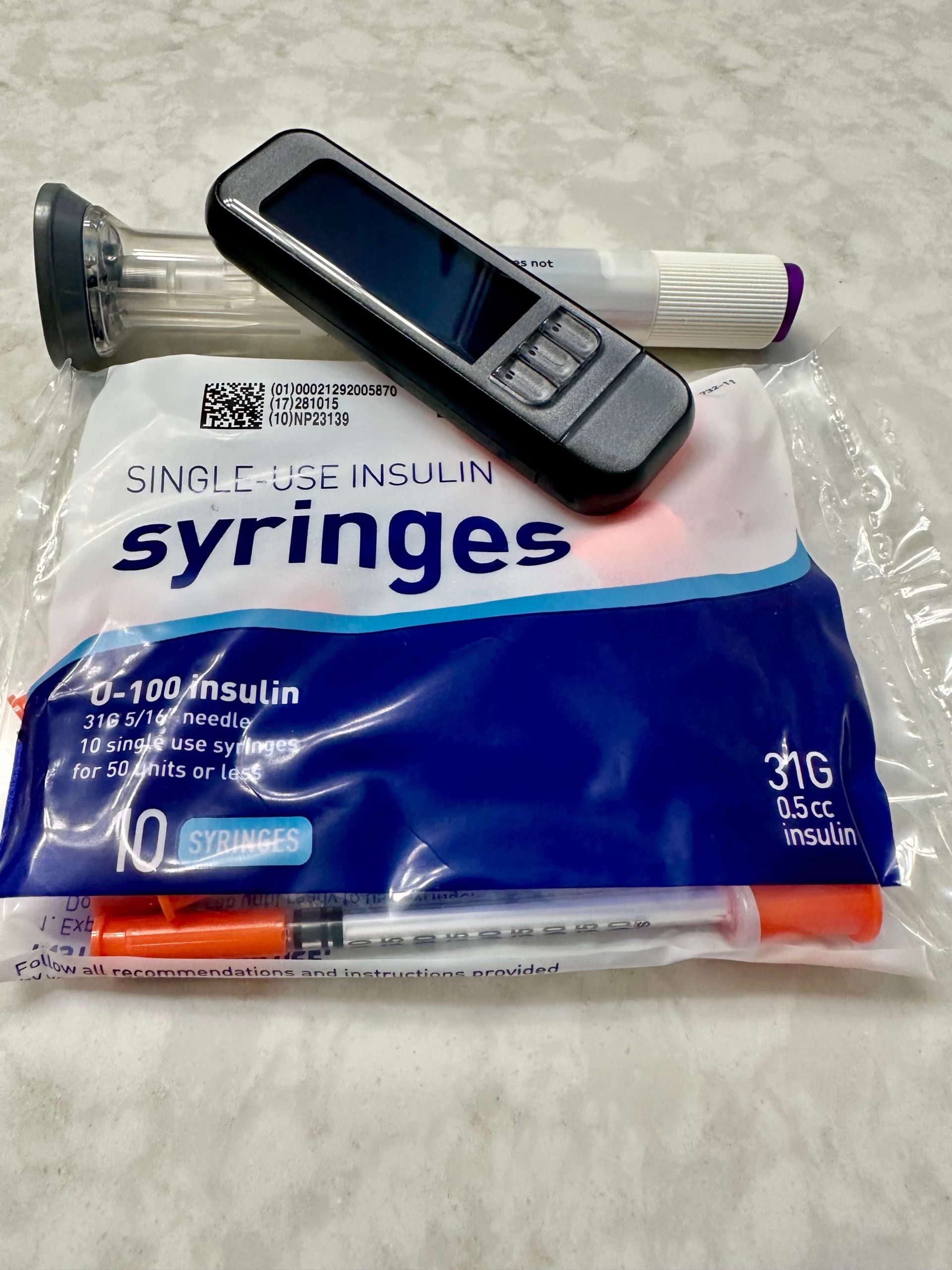The prevalence of celiac disease is about 1% of the population. For people with Type 1 Diabetes, the prevalence is about 6%, with a range of 4-11%.
Type 1 Diabetes and Celiac Disease: What is the Link?
At diagnosis, people with Type 1 Diabetes experience excessive thirst, frequent urination, and significant weight loss. The problem is pancreatic beta cell destruction, usually leading to absolute insulin deficiency. Insulin is needed to move glucose (blood sugar) into the body’s cells.
Celiac disease is an inflammatory small intestinal disorder. It results from an autoimmune response to the ingestion of gluten. The autoimmune inflammatory response leads to villous atrophy, malabsorption, malnutrition, and increased risk of some types of cancer.
Type 1 Diabetes and Celiac disease are two autoimmune disorders that share a common genetic background. Our genes or genetic makeup, factors in our environment, and immune dysregulation can play a role in whether or not we develop Type 1 Diabetes and Celiac disease.
Should I be screened for celiac disease if I have Type 1 Diabetes?
The American Diabetes Association recommends that adults with Type 1 Diabetes be screened for celiac disease if suggestive signs and symptoms are present.
Children with Type 1 Diabetes are screened at diagnosis, at 2 years after diagnosis, and at 5 years after diagnosis.
If you are unfamiliar with the symptoms of celiac disease, you can click here for a Celiac Disease Symptoms Checklist.
What is the Treatment for Celiac Disease?
A gluten-free diet (eliminating gluten-containing wheat, rye, and barley) is the treatment for celiac disease. The diet requires major changes that will impact the cost of food eaten at home and away from home. Choosing naturally gluten-free foods can help keep costs in check. You will notice that many gluten-free products taste different than their gluten-containing counterparts. Ordering food at a restaurant can be challenging at times.
How can a person with type 1 diabetes and celiac disease choose foods to manage blood sugars?
The Glycemic Index and the Gluten-Free Diet
The glycemic index measures how much carbohydrate-containing foods raise blood sugar after they are eaten. A lower score means the food will not raise blood sugar as much as a food with a higher score.
Use this guide to learn more about the glycemic index.
Choose low/medium glycemic grains that are gluten-free. These grains include gluten-free steel-cut oats, gluten-free pasta cooked al dente, quinoa, basmati rice, brown rice, wild rice, and gluten-free bread made with almond flour, flaxseed flour, soy flour, teff flour, and quinoa flour.

Leave a Reply